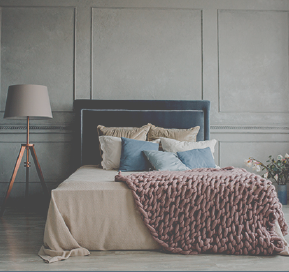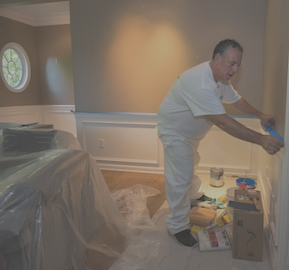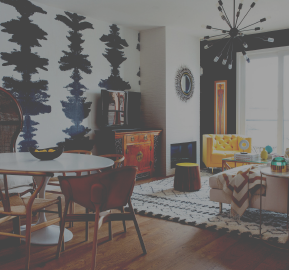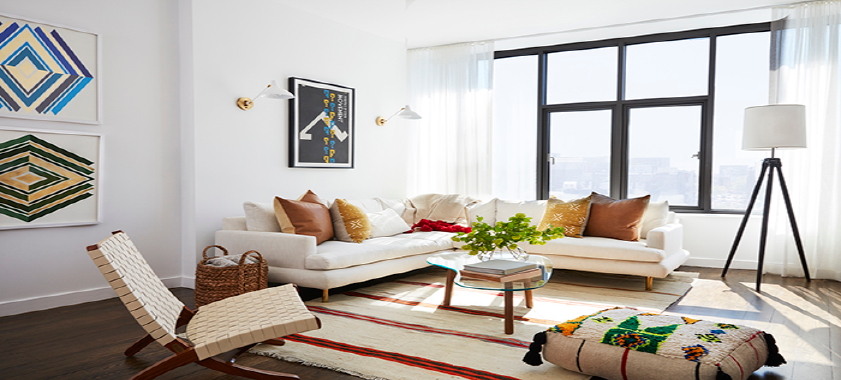How To Paint Damaged Walls
Paint can transform the look and feel of a room, but it can’t hide imperfections on your walls. Repairing these imperfections is key to ensuring an exceptional paint finish that will look good for years to come. Even if you are new to the process, you can follow these steps to ensure your walls are ready for some great color.
Assess the Damage
Remove any loose material with a scraper or filling knife. If you’re repairing a crack, use a knife to cut an inverted V shape groove along the length of the crack.
Small holes and hairline cracks can easily be filled using caulk. Flexible caulk is best for filling in cracks in areas subject to movements, such as around windows and door frames and between skirting boards and walls. You can apply caulk using either a mastic gun or a filling knife.
It may also find that using a joint compound or spackle to repair the damaged areas. You can apply this with a putty knife. Both offer solutions for filling holes.
Repair the Walls
Regardless of the technique you choose, be sure to smooth out the surface. With caulk, use a wet finger or sponge before it dries. With a joint compound or spackle, use fine-grit sandpaper to smooth the surface. When filling larger cracks and holes, build up the caulk in layers, and be sure to allow sufficient drying time between applications.
Repair procedures for large holes and cracks differ depending on the hole’s size or crack and your walls’ construction material. Repairing holes and cracks in lath and plaster usually involve packing the area with steel wool or newspaper before filling. Alternatively, you can use repair mesh to cover imperfections in drywall.
Once the surface is completely dry, smooth it out with fine-grade sandpaper. Be sure to wear a mask when sanding to protect against dust inhalation.
Apply Coat of Paint
After your repairs, and before applying your topcoat, be sure to prime the entire surface. The primer covers the filler and provides a surface on which the topcoat will adhere. It can also be used to cover hairline cracks, stains, patches, and other minor imperfections on your walls.
When applying primer, paint your walls in all directions to achieve even coverage. When the primer is totally dry, apply the topcoat. You are now ready to have your place painted in the stylish color of your choice!
Ready to start painting your walls? Let us help get you started!
NEED A LITTLE MORE INSPIRATION?





